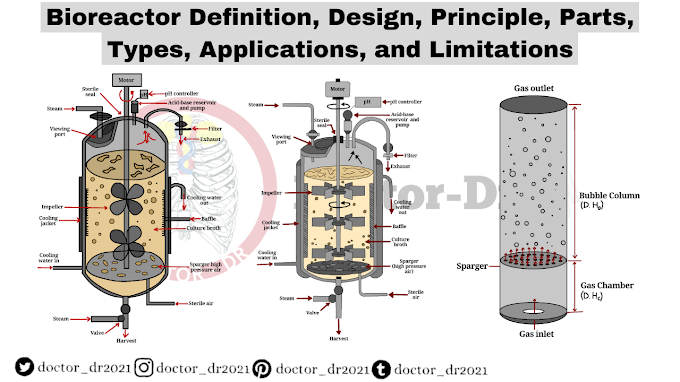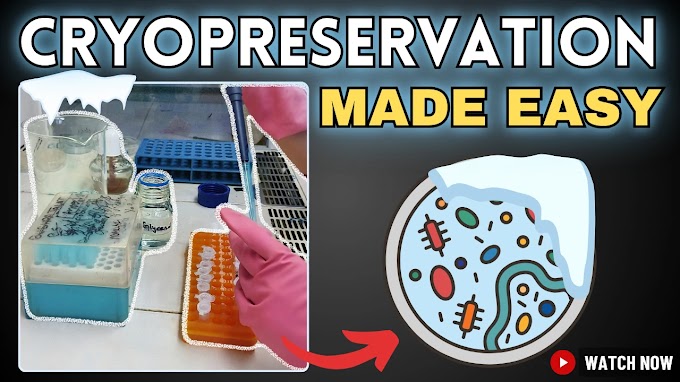A groundbreaking discovery offers a potential solution to the persistent environmental challenge posed by per- and polyfluoroalkyl substances (PFAS), commonly referred to as "forever chemicals." Researchers from the University at Buffalo have identified a bacterial strain capable of breaking down these resilient compounds, along with some of their toxic byproducts.
PFAS are synthetic chemicals widely used since the 1950s in various products such as nonstick cookware, firefighting foams, and water-resistant materials. Their durability is due to strong carbon-fluorine bonds, which make them resistant to degradation and persistent in the environment.
Key Findings
The study, published in Science of the Total Environment, focuses on the bacterial strain Labrys portucalensis F11 (F11). Researchers found that F11 could metabolize over 90% of perfluorooctane sulfonic acid (PFOS), a highly persistent and hazardous PFAS, within 100 days. The strain also demonstrated the ability to degrade other types of PFAS:
- 58% of 5:3 fluorotelomer carboxylic acid.
- 21% of 6:2 fluorotelomer sulfonate.
PFOS was recently classified as hazardous by the U.S. Environmental Protection Agency (EPA).
How F11 Works
F11 bacteria, isolated from contaminated soil in Portugal, utilize PFAS by breaking the carbon-fluorine bonds to access the carbon as an energy source. Elevated fluoride ion levels in the samples confirmed the bacteria’s ability to detach fluorine atoms from PFAS, a crucial step in their degradation.
Moreover, F11 not only degraded the main PFAS compounds but also further broke down some of their byproducts, reducing them to undetectable levels in certain cases.
The Evolution of PFAS-Degrading Microbes
Microbes like F11 thrive in polluted environments by adapting to use chemical pollutants as food sources. In the study, F11 was placed in a controlled environment where PFAS was the sole carbon source. Over 100 to 194 days, the bacteria successfully degraded significant portions of the PFAS.
Potential Applications
The researchers envision multiple ways to utilize F11 for PFAS remediation:
- Wastewater Treatment Plants: F11 could be introduced into activated sludge systems to accelerate PFAS removal.
- Bioaugmentation: Injecting F11 directly into contaminated soil or groundwater to enhance degradation.
However, challenges remain. F11's PFAS-degrading process is relatively slow, and alternative carbon sources could reduce its effectiveness. Future research aims to optimize conditions to accelerate PFAS degradation and improve bacterial growth.
Conclusion
The identification of F11 is a promising step toward reducing PFAS contamination in water and soil. Although more research is needed, this discovery opens new avenues for environmental remediation, making bioaugmentation and microbial treatments viable strategies for managing PFAS pollution.
Reference
Mindula K. Wijayahena, Irina S. Moreira, Paula M.L. Castro, Sarah Dowd, Melissa I. Marciesky, Carla Ng, Diana S. Aga. PFAS biodegradation by Labrys portucalensis F11: Evidence of chain shortening and identification of metabolites of PFOS, 6:2 FTS, and 5:3 FTCA. Science of The Total Environment, 2025; 959: 178348 DOI: 10.1016/j.scitotenv.2024.178348







